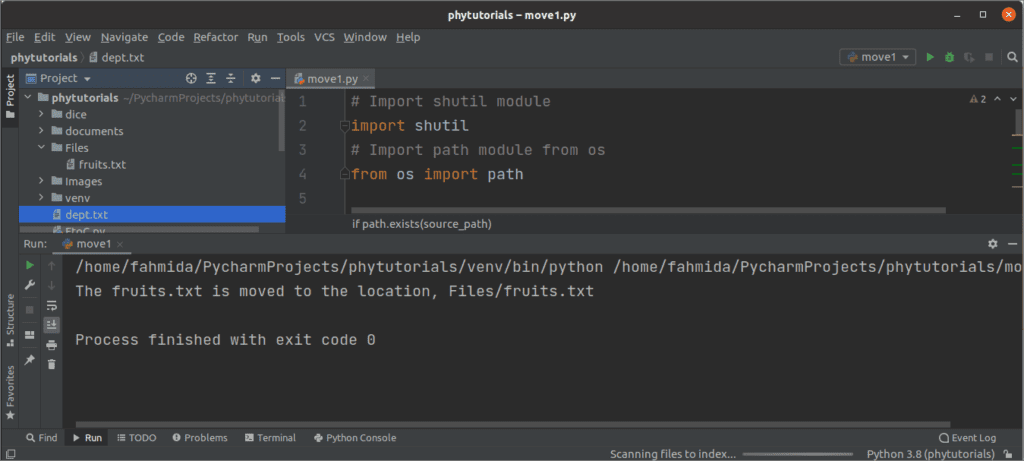

- #Smartsvn move file to new directory how to#
- #Smartsvn move file to new directory code#
- #Smartsvn move file to new directory mac#
- #Smartsvn move file to new directory windows#
Let’s temporarily isolate other Windows logicality from our mind, forget about the Start menu, Control Panel, Registry Editor, etc. If you don’t deal with them termly, issues would be generated. So there is one thing you can be sure of: too many junks will slow down your computer, and they are accumulating during the operation. Removing the useless applications from your computer is still one of the simplest ways to speed up your system, where everything lives to work, occupying part of the hardware resources including hard drive space and memory.
#Smartsvn move file to new directory how to#
Now go with how to correctly remove SmartSVN.
#Smartsvn move file to new directory mac#
If you happen to be a newbie of Mac Computer, take the chance to learn something. This page can help you understand the basic knowledge of system maintenance, guiding you through the confusion of removal problems. Now, you might think what is an upstream branch, Today we will focus on how we can synchronize our GitHub local repository master with an upstream repository branch of the GitHub project.Removals on macOS are quite different from those on Microsoft Windows OS. So, Why do we need this process to be done? ** NOTE : When we made any CLONE/PULL for the first time this is not required as we do fork the repository for the first time all the content in both will be the same.** Upstream branches define the branch tracked on the remote repository by your local remote branch (also called the remote-tracking branch), the below figure will help ya'll understand.
#Smartsvn move file to new directory code#
This is very much necessary if you are working in a team and the teammates are working on different aspects of the project and you yourselves are working on something,Ĭertain files will differ in both repositories as there are many other developers are merging the code upstream and your branch will not have that changes unless you sync the repository with the current upstream, so you might need to keep up with their code changes as well, this is called syncing your changes with your local and remote repo. And if there are files in the local repository that do not exist in the remote repo, local files get removed Synching will override the local repository with a master remote repository. If you don't, this will cause conflicts while you raise a PULL REQUEST. Now, let me walk you through how to sync your changes with other changes by other developers.

SMARTSVN CHECKOUT LOCAL REPOSITORY HOW TO Here I have the taken example of the Opencart GitHub project. This will move to the current working directory as opencart STEP 1: Clone your project with the command.Īfter the clone is completed then move to the Opencart folder First, change your working directory to the file location where you want to clone the project with the command. This is our repository branch content now we have to get a project from the upstream repository This will list your forked repository response will be as below : STEP 2: List the current configured remote repository for your fork. Now Specify a new remote upstream repository that will be synced with the fork. In Opencart Project this is my upstream repository. Now you cross-check that the new upstream repository created for your forked repo.

To do this run the same command again as below. Now it will show the response as below and it will also include your upstream repository from your master project. STEP 3: Make your origin repository the same as your upstream repository. Now we have created upstream branches for our local repository. In this, we will have all the code which is not in our local repository from the upstream repository Now we will match the content from the upstream repository to the local repository. This command will respond by fetching the content from the upstream for your Master repo. All the new branches and files, contents will the fetched from the upstream repository.

Now checkout to your master branch with the command (if not on the master branch) And the response for the command as below. This will sync all the changes to your local repository if any, Now your local repository is synced with the upstream repository.A repository with the type proxy, also known as a proxy repository, is a repository that is linked to a remote repository.


 0 kommentar(er)
0 kommentar(er)
